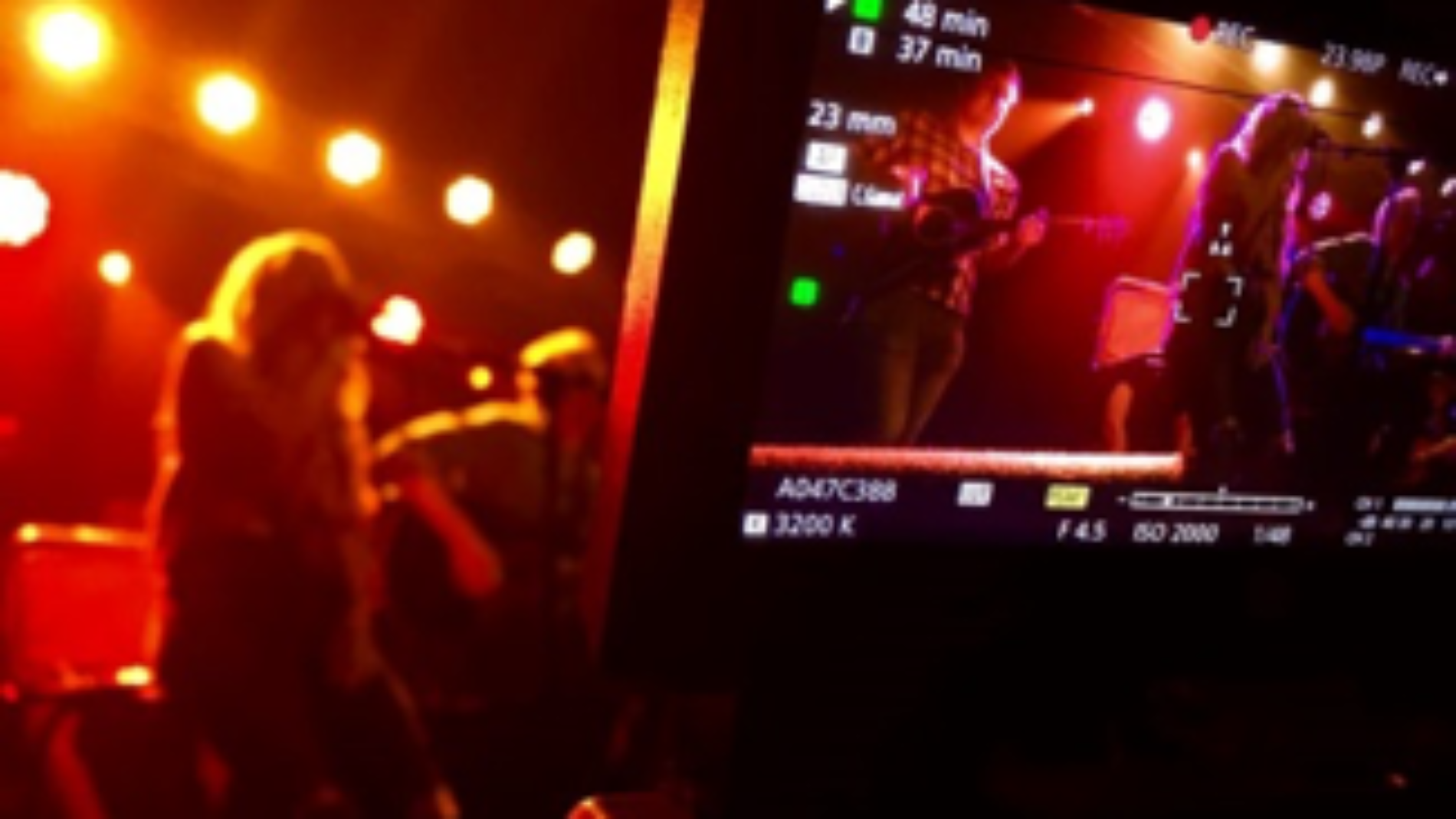Most events need sponsorship sales in order to succeed and grow but getting sponsorships can be a little tricky when you’re dealing with smaller numbers of attendees. If done correctly, however, Small and mid-sized events can successfully find sponsors and generate a decent revenue from their support.
Guess what? These small events still make money from sponsorships.
My goal with this column is to share ideas, case studies, and tips that will help smaller events find, build, and land sponsorships that will not only help them secure revenue, but grow their event.
First though, let me share with you a story from one of our clients.
Case Study: Texas Music Takeover
Texas Music Take Over is an organization that works with Texas-based musicians to bring tours and shows to international locations such as London, Australia, and Ireland. This not only promotes the Texas music scene internationally, but it also gives musicians the opportunity to perform in areas they probably wouldn’t normally get to play.
As you can envision, building out these kind of international events costs a significant amount. Just imagine the travel budget for approximately 20 people each trip! Here’s the kicker. These events are in venues that can only host a maximum of about 500 people.
Circling back to my story, Amy – the director of Texas Music Takeover – was reminiscing about the very first event she did in London. She booked the acts, hopped the pond, and landed in a venue. As Amy sat in the green room, she found herself on the verge of a panic attack, knowing she had poured her blood, sweat, tears, and money into it, but having no idea if it was going to be a complete flop. (I’m sure everyone in the event industry has had this feeling on more than one occasion!)
Then Amy heard a knock at the door. It was one of the venue’s personnel telling her the show had just sold out! Instead of jumping up and down over the success of her slam dunk, she started crying uncontrollably, releasing all the stress, fear, and anxiety that had built up worrying that her event might fail. She even had to kick everyone out of the green room so that she could pull herself together and finish out the night!
I loved that Amy shared this story of vulnerability with me because it was one that I could relate to. In fact, it’s one that most events can relate to! Here is the kicker though. Once you have a successful event, the need for sponsorships comes right up on its heels.
In Amy’s case, that first successful trip has now evolved into four week-long trips with five shows each and is adding a U.S. tour as well! Of course, all of these elements need support from sponsorships. But these shows are not large festivals or even shows with 1,000 people. These are shows that have 100 to 500 attendees each.
Two Essentials for Successful Small Event Sponsorships
So how do you sell sponsorships for events that have attendance numbers under 5,000? I’m going to be up front with you. It’s not always easy. As I’m sure you already know, there are many elements to selling sponsorships, but two that are essential for small events are creativity and the ability to super serve your sponsor.
For Amy and Texas Music Takeover, a big part of their value for sponsors is the access that they have to artist influence. Her attendance may not be huge, but the influence that these artists can provide to sponsors is of major value.
Does your event have access to influencers? Is this influence something you can provide a sponsor, such as through a social media? To clarify, I’m not just talking about a logo post and “shout out” to your sponsor. I’m talking about exclusive and creative content.
An example of using influencers and exclusive content is a pop-up concert that Amy’s team did with DFW airport. They had a few of the artists perform at the airport for unsuspecting bystanders, then posted the videos on their social media. This content was exclusive to DFW’s socials and something that DFW could not have done without the event’s support. For a sponsor, this kind of reach has nothing to do with the amount of people in the venue, and everything to do with the influence of your event brand and the people they are targeting.
Look for opportunities that lie outside of the attendee numbers. These types of opportunities will excite sponsors and get them interested in what your event can offer. A simple example of a creative asset for a small event that we’ve used several times is a digital photo booth that uploads to social media and has brand logos and hashtags. These are always a hit and can extend your sponsors’ visibility outside of the event. Every time someone takes their photo with the digital photo booth, it will upload with a brand logo or hashtag that is visible to that attendee’s social network.
Let’s work the numbers. Say you have an event where 100 photos are shared on networks, and each of those guest’s social media network averages 350 people. Even if only 10 percent of those 350 people see the photo, you have created “endorsed visibility” to 3,500 people who probably weren’t at your event.
What do I mean by “endorsed visibility?” It’s the idea that if a friend is sharing a brand or product favorably, they are seemingly endorsing that brand. People are more likely to buy or partake in a brand that is endorsed by a friend than by an advertiser, so endorsed visibility can be more powerful than advertising!
I have lots of other suggestions on ways to generate sponsorships for your small or midsized event that I can’t wait to share with you over the next year! In my next column for IFEA we will look at some small events and how they brought in some big money.
This article was written by Teresa Stas and was originally published in the International Festivals & Events Association’s “i.e.: the business of international events” quarterly magazine February 2019.
The premiere association supporting and enabling festivals and events worldwide. For more information on the IFEA, go to: www.ifea.com.”

